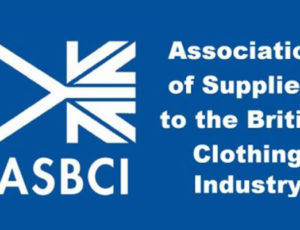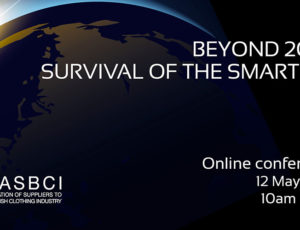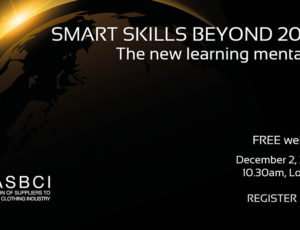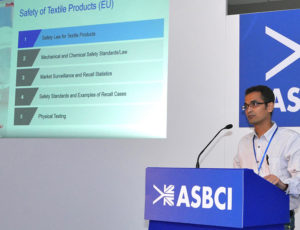ASBCI: The importance of hazard assessment to control risk in childrenswear

Sarah Anderson, Kids BU Safety Officer at M&S, explains why an understanding of child development is the starting point for developing safe childrenswear and kids’ products.
It is important to design and manufacture safe products because otherwise you could kill or injure a child. As retailers, you need to be aware of the directives, standards and regulations – and internal standards – dealing with product safety.
If you write standards down, you have to make sure you adhere to them; they can be used against you if don’t use them properly. Standards can also help you with due diligence to say “these are our procedures and this is what we do”.
Every product sold can carry a risk – to the customer (for serious injury or death) and the retailer (brand damage, financial liabilities or customer dissatisfaction). Risk is a combination of hazard x exposure. Successful retailers want to increase exposure by selling more product, therefore you need to control the hazard to control the risk.
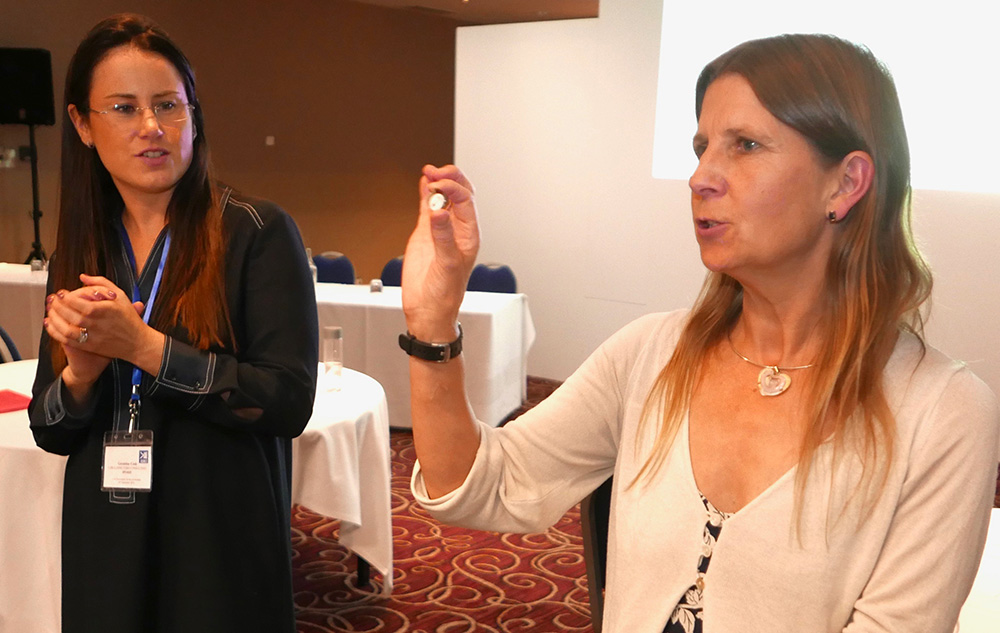
For childrenswear, you need to first understand child development.
The first stage is birth to two years. Here infants learn through touch, feel, and taste. They learn by doing. They can’t reason and only understand what they can see. At two to seven years, children learn through play. They can’t think logically or understand cause and effect.
At 7 to 11 years, children start to use logical reasoning for familiar objects and events. They are limited only by imagination and developmental capabilities. They also start to understand cause and effect. After 11 years, children start to develop a mind of their own. Abstract thinking, risk-taking and being influenced by peers also start at this stage.
Exploration strategies
Mouthing
Every child does this. This is how young children begin to understand shapes etc.
Associated risks: Toxicity and choking. The majority of injuries occur up to age three years.
Rotating objects
Children rotate objects as they are mouthing.
Associated risks: You need to think about how objects like poppers and buttons can become unattached.
Other strategies
Hand-to-hand transfer; banging and dropping objects; throwing objects; and insertion. Children can put a body part into an object and also insert objects into body cavities – up their nose and into their ears for instance.
Children love combining and matching objects. They use products perfectly as they were designed and then they use their imagination for role play. If you put a cape on a small child they’ll believe they have superpowers, so you could end up with children jumping off bunk beds. You need to be aware of what children do while you’re developing products.
Hazards
Choking
You must ensure you control the attachment of small parts such as buttons and the end of laces. Carry out testing to prove that they do stay on for the lifetime of the garment.
Aspiration
There is a risk of actually breathing in components. For example, sequins into the lungs.
Strangulation
The reality is 90% of strangulations lead to death. Products must comply with cords and drawstrings regulations.
Entrapment
Neck cords can pose a hazard for entrapment and get stuck in moving machinery. (In the 1980s, a girl tied the cords of her coat to the bars of a bus. She was dragged under the bus and died from injuries. This is one of the catalysts that led to cords and drawstrings regulations.)
Suffocation
You need to consider what materials you’re using for your products. Make sure there’s enough air circulating around hoods to prevent any seals of the fabric going around the nose and mouth and stopping a child from breathing.
Overheating
This is a particular concern with babies of 12 months and under and is associated with sudden infant death syndrome. Babies control temperature through loss of heat through the head. You must make sure that for younger children you’re not putting hoods on sleepwear for example.
Ingestion
Consider the chemical content of your products. You need to know what the chemical risks are for the component types you might be putting on your products and fabrics. You also need to make sure that you comply with REACH regulations.
There has been a huge increase in fatalities involving children swallowing button cell batteries in toys and clothing featuring flashing lights and musical items. If the batteries are swallowed they need to be removed immediately. Tissue damage can start very quickly – within two to three hours of swallowing a battery.
Insertion
Children put their fingers into objects so you need to look at your clothes and toys and assess whether a digit can be put in and easily removed or whether it gets stuck and would require a hospital visit.
Laceration
Look at the placement of items such as sequins, buckles and rivets. Also, pinching from zips; look at not only zip guards but capped tops to zips. No flies on boys’ products under five years. Finally, look at the mesh of swimwear to ensure it won’t cause skin entrapment.
Damage to eyesight
For example, damage caused by lasers. LEDs are also classified as lasers. You need to make sure that you’re using correct lights that cannot damage the vision.
Restriction of eyesight
Hoods obstructing peripheral vision for instance.
Skin irritation
Irritation to the skin caused by chemicals in garments.
Tourniquets
This occurs when thin thread ends get wrapped around fingers and toes. Predominantly the injuries will be to toes. Because of the young age where a child can’t tell you what the problem is, you may end up having a child crying all day and it’s only at the end of the day when you take their socks off you realise that a thread has caught around a toe. Look at thread ends in sleepsuits and crawlers too.
Toxicity
You need to look at toxicity as far as chemicals are concerned; microbiological problems and pathogens. There was a microbiological recall on some bubbles in Italy in 2010 as the liquid had a bacterial infection in it.
Tripping
Look at things like the size of footwear and whether there are attachments on products that could become entangled and cause an accident. For instance, pom-poms getting entangled and children falling downstairs.
Recalls
Recalls usually come from one of two areas – design defects and manufacturing defects. Most recalls are design defects. This is where the problem has been designed in and all of the products are the same and will all be affected. Think about child development and the potential hazards and take these into account with foreseeable use. You should be able to design out these defects.
The secondary cause is a manufacturing defect where something has gone wrong in the process. It might be the case that not all of the products are affected. It might also be that you don’t know how many are affected. However, because there have been some cases and you can’t establish which products are OK and which ones aren’t, it will end up in a recall.
Factory standards also need good processes in place. For example, good control of sharp needles and pins. Make sure children’s products are particularly protected and ensure good cleanliness in the factories.
If you do all that, you should be able to deliver safe, legal and compliant children’s apparel.
Sarah Anderson provided a detailed look at the importance of hazard assessment to control risk in childrenswear at a recent ASBCI technical seminar. For further information regarding the ASBCI, please click here.







